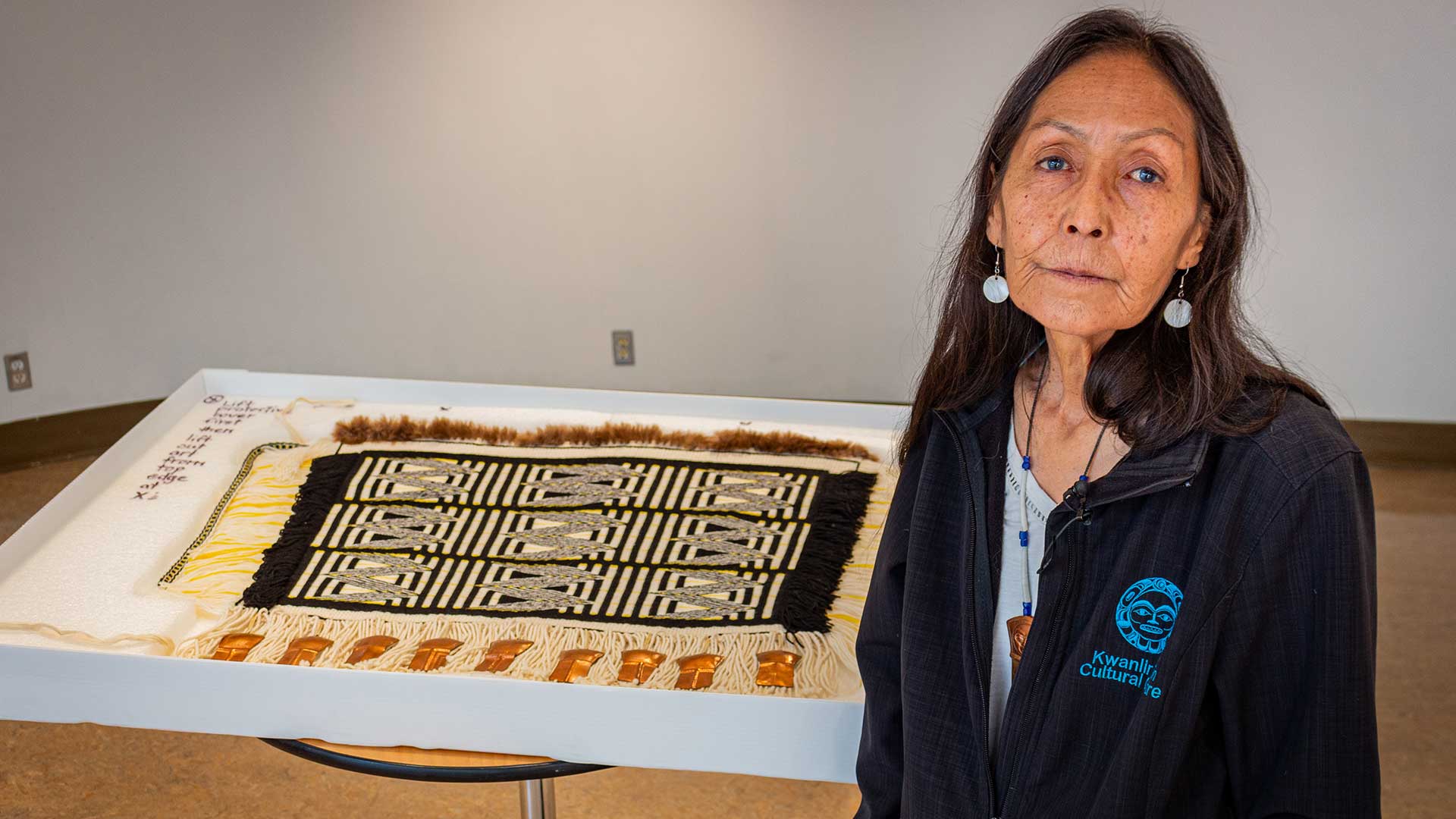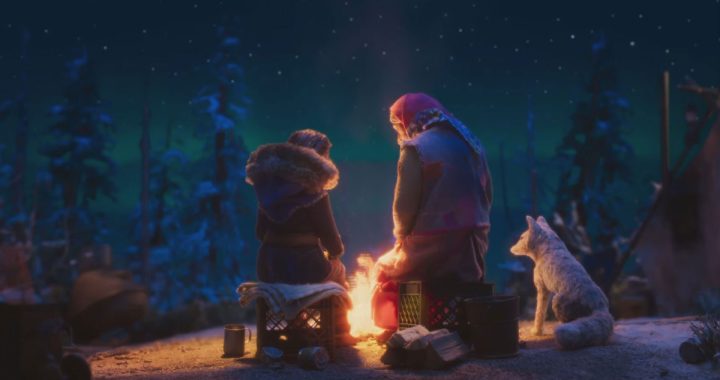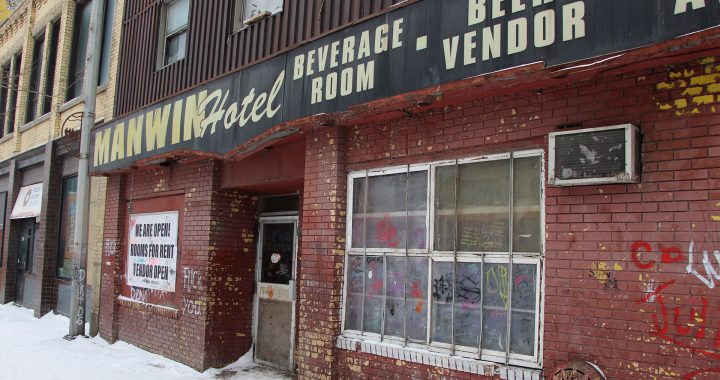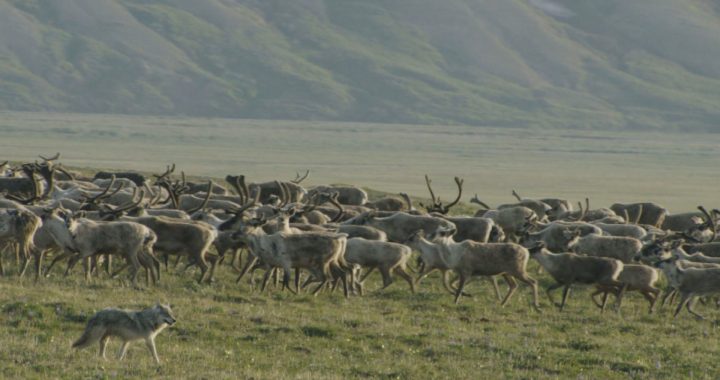Visit any public or government building in the Yukon and you’ll probably spot some art work by a noteworthy local First Nations artists – but ever wonder where does it come from?
That’s where the storage vault at the Yukon Arts Centre (YAC) comes in.
Inside the climate-controlled vault are 300 art pieces belonging to the Yukon Permanent Art Collection (YPAC) that are stowed when not on display.
Take a step inside, and you’ll quickly realize it’s a collection brimming with First Nations art, history and culture.
“We have such a huge community of First Nations artists who are creating visual art here, and the really amazing thing is that there are so many evolutions happening in the work that they’re creating,” says Garnet Muething, art curator for the Yukon government.
“(It’s) a way for people to come and see (what’s) encapsulated in the art that we have.”
YPAC is funded by the Yukon territorial government and contains 485 pieces of art that is significant to the legacy of the Yukon – 41 per cent of which was made by First Nations artists. The vault space is shared between the YPAC and the YAC’s collection.
Since 1981, the Friends of Yukon Permanent Art Collection, a charitable non-profit society, hold a call for submissions and select a handful of pieces to be added to the collection each year, and artists are paid fairly for their work.
The collection includes works in a variety of media such as paintings, drawings, textiles, carvings, sculptures and photographs which are then rotated throughout different public buildings across the territory for people to enjoy.
Some prized pieces in the collection include a pair of untitled mitts by Vuntut Gwitchin First Nation beader Joanne Njootli from the 1970s, which were donated to the YPAC by a private collector; a fire bag decorated with wolf paws (1997) by Kwanlin Dun First Nation (KDFN) sewer Gertie Tom; and, a jacket titled Ascension (2016) by Kaska Dena Nation fashion designer Sho Sho Esquiro, which she created in honor of the passing of her grandparents.
There’s also many paintings, like Tucho Ahda Stick Gambling at Coffee Lake (2008) by Kaska artist Mary Ceaser.
New pieces added

Last month, YPAC’s 2020 additions were revealed in the exhibit, Love in its Seams, which showcases 11 new pieces, seven of which are by First Nations artists.
New additions include a hunting knife (2020) by Roland Peter of White River First Nation; Pulling in the Net (2019), a carving by Carcross/Tagish First Nation artist Violet Gatensby; and moose hide mukluks (2018) by Karrie Brown of Champagne and Aishihik First Nations, as well as fireweed mitts (2020) by her grandmother Audrey Brown.
The exhibition was planned for last fall but had to be postponed due to COVID-19.
As a way to help artists through the pandemic, the 2020 acquisition budget was doubled from $30,000 dollars to $60,000.
Erin Corbett, the exhibit’s curator, says the exhibit was aimed at showcasing positivity during the pandemic.
“I wanted to flip that script and talk about something more positive and the love that is coming it, and really just always stepping back and trying to see the artists’ perspective and what would they want and would they be happy,” says Corbett.
She says reaction has been positive.
“(Some people said they) didn’t know there were artists of this caliber in the Yukon, which I thought was really surprising,” she says.
Collection vital for future generations

Ann Smith, who is KDFN weaver and has Tlingit and Tutchone ancestry, has a handful of pieces included in the collection, including a ravenstail dance apron, Shadow of the Ravenstail (2001).
The apron was done in collaboration with Brian Walker and is spun in traditional colors. It’s adorned with copper shields by Walker called tin’aa, which are a traditional symbol of wealth.
Smith says she’s proud to have her work be featured in the collection.
“Having it here is always a blessing and it always makes me feel good as an artist to contribute something for the territory.”
Smith says art is rooted in tradition, and it’s important for First Nations artists to contribute to collections like the YPAC so their work can be preserved for the next generations.
“It’s so important for our younger generation to realize that our artwork just doesn’t appear, it comes from traditional knowledge,” she says.
“I try to do as much as I can today so we can have answers for our children and they will be able to know where to go.”
Smith is thankful for the collection’s support and how it continues to benefit Yukon First Nations artists.
“We need to establish all these collections mainly because we need the art to stay here. we need the art to be here for the next generations.”










